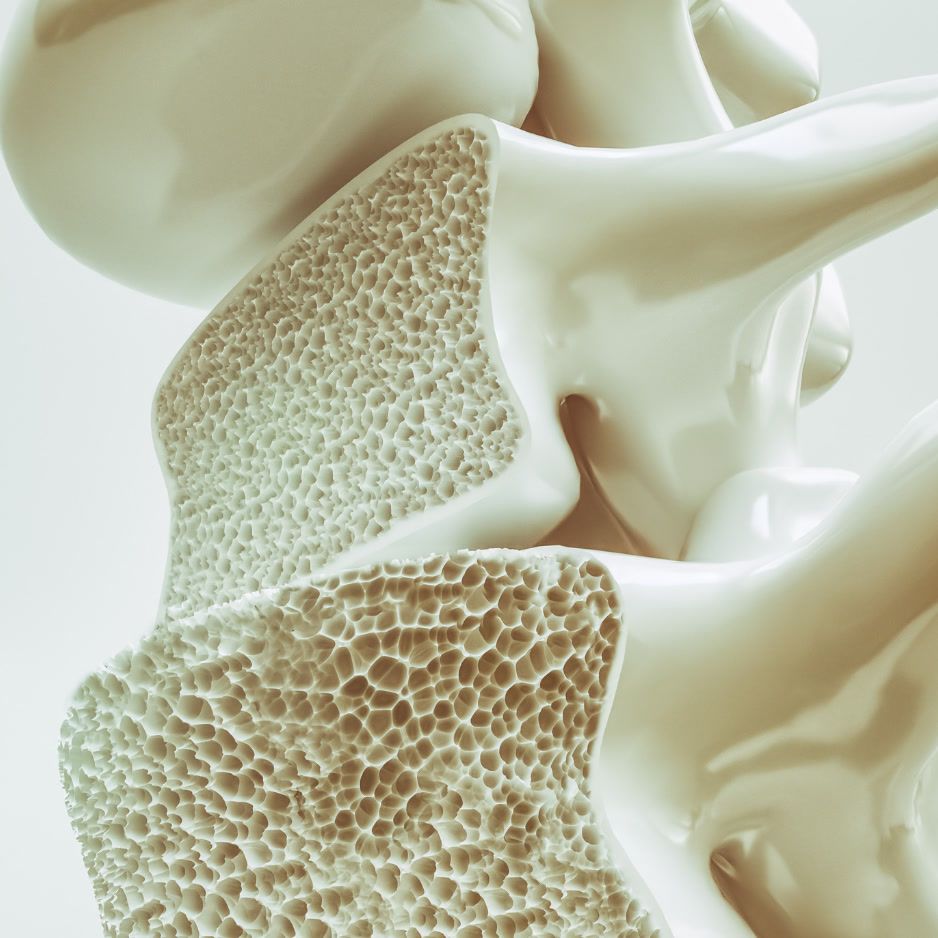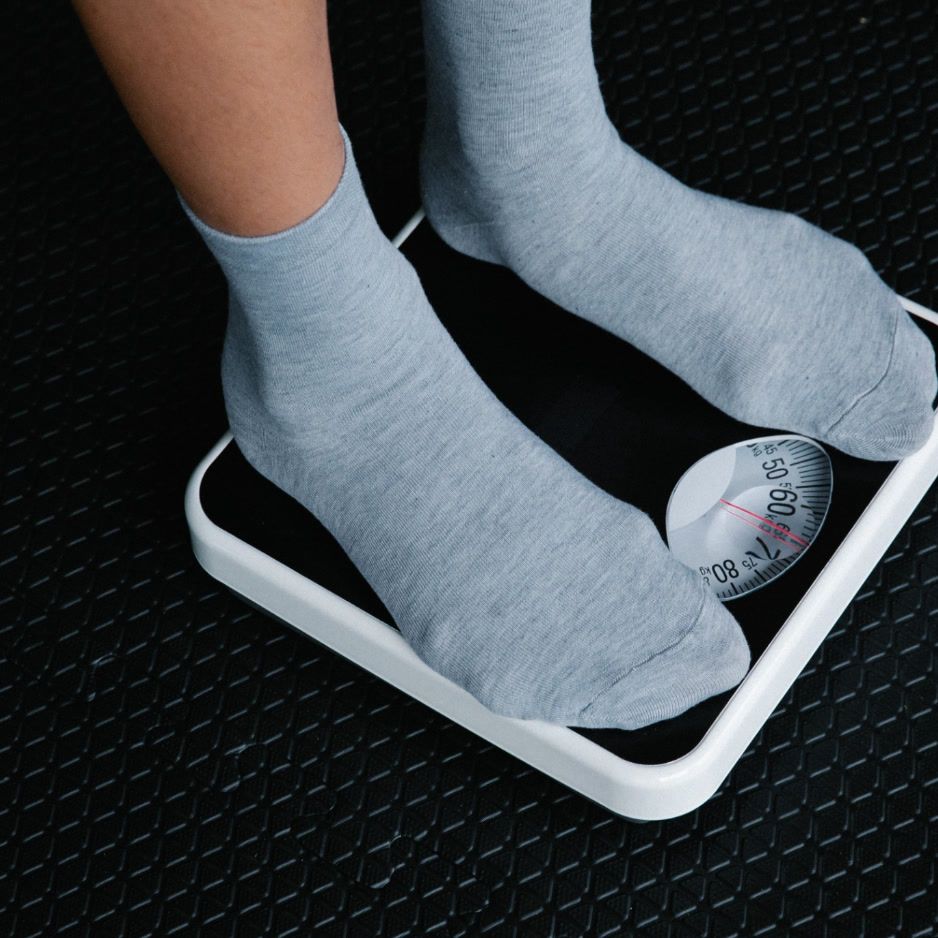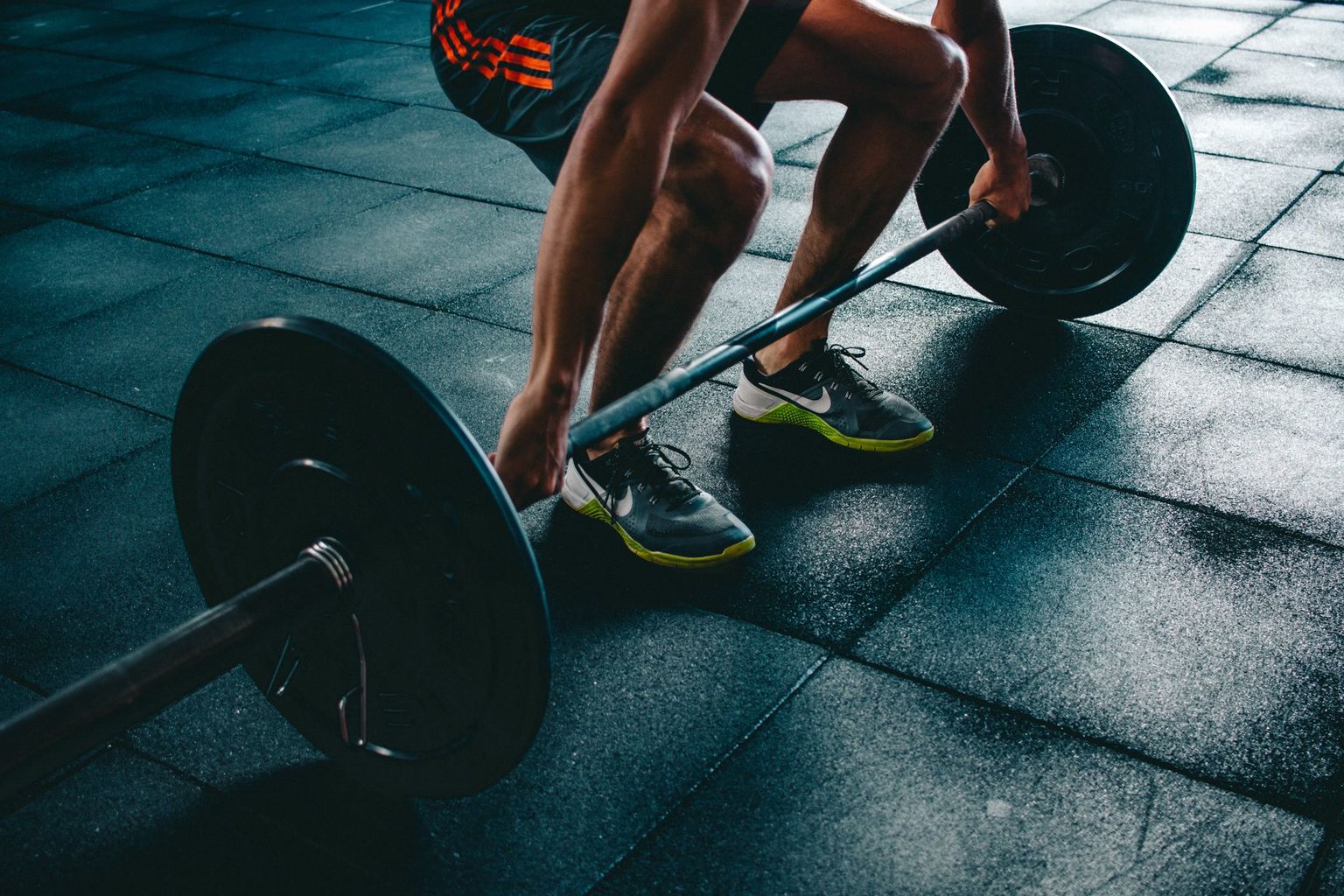Why Am I Not Sore After a Workout? Science Explains
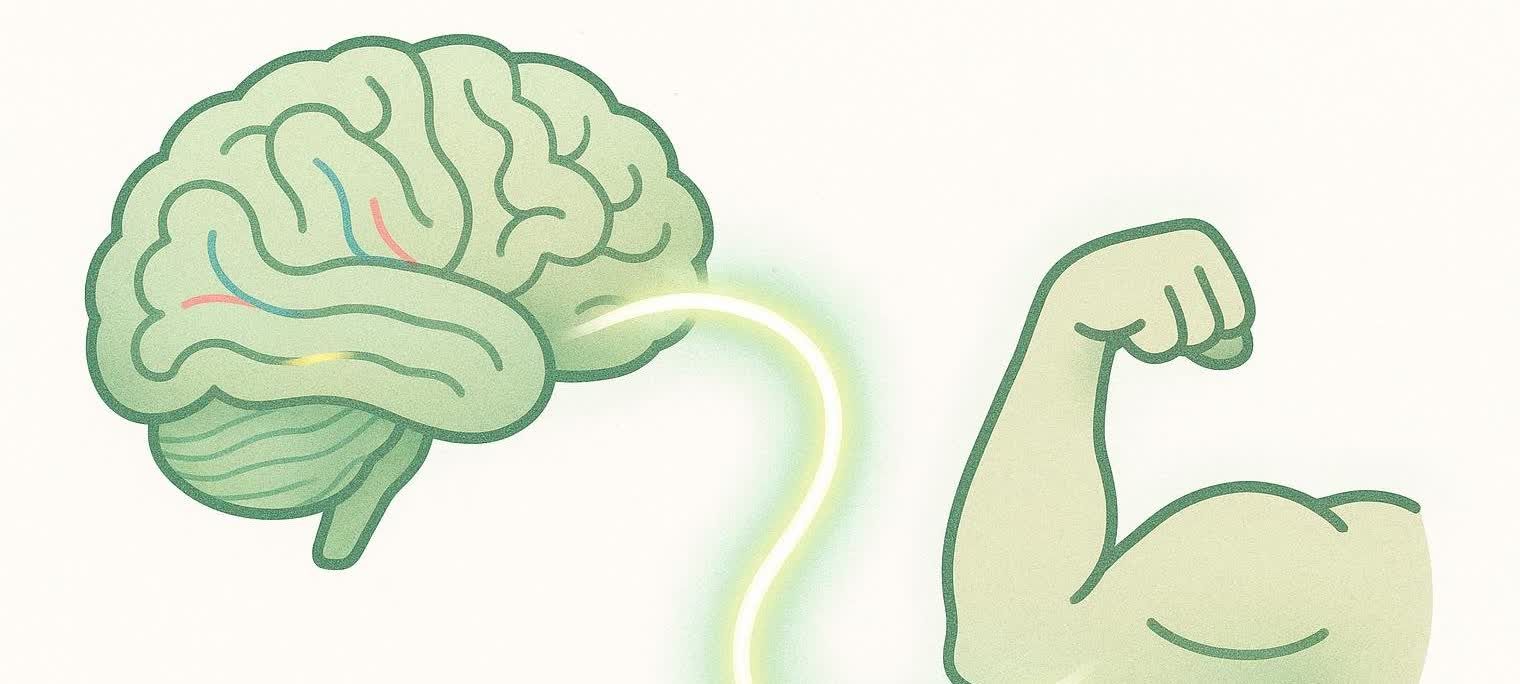
Why Am I Not Sore After a Workout? Science Explains
You crushed your lift, hit every interval, and closed all your rings—but the next morning you bounce out of bed feeling…fine. No T-rex arms, no waddling down the stairs, not even a grimace when you sneeze. Does the absence of muscle soreness mean you wasted your workout? Short answer: absolutely not. Let’s unpack the science, debunk some persistent myths, and show you smarter ways to track your progress than chasing pain.
Quick Take
| Myth | Reality |
|---|---|
| “If I’m not sore, I didn’t work hard enough.” | Soreness (aka DOMS) is one possible side-effect of training, not a performance metric. |
| “Muscle damage drives growth, so pain = gains.” | Muscle adaptation drives growth. Damage is just one stimulus, and your body quickly gets better at recovering from it. |
| “I need to feel sore to know I’m progressing.” | Objective data—strength logs, volume load, and body-composition scans—tell the real story. |
DOMS 101: What Causes Post-Workout Soreness?
Delayed Onset Muscle Soreness (DOMS) usually peaks 24–72 hours after unfamiliar or intense exercise. Scientists believe it’s triggered by microscopic damage to muscle fibers and surrounding connective tissue, which kicks off an inflammatory response that sensitizes pain receptors (The Conversation).
Eccentric actions—lowering a squat, lengthening your biceps during a curl—produce more tension and therefore more damage (and soreness) than purely concentric motions. Nutrition, hydration, genetics, and even sleep also modulate how intense DOMS feels (SELF).
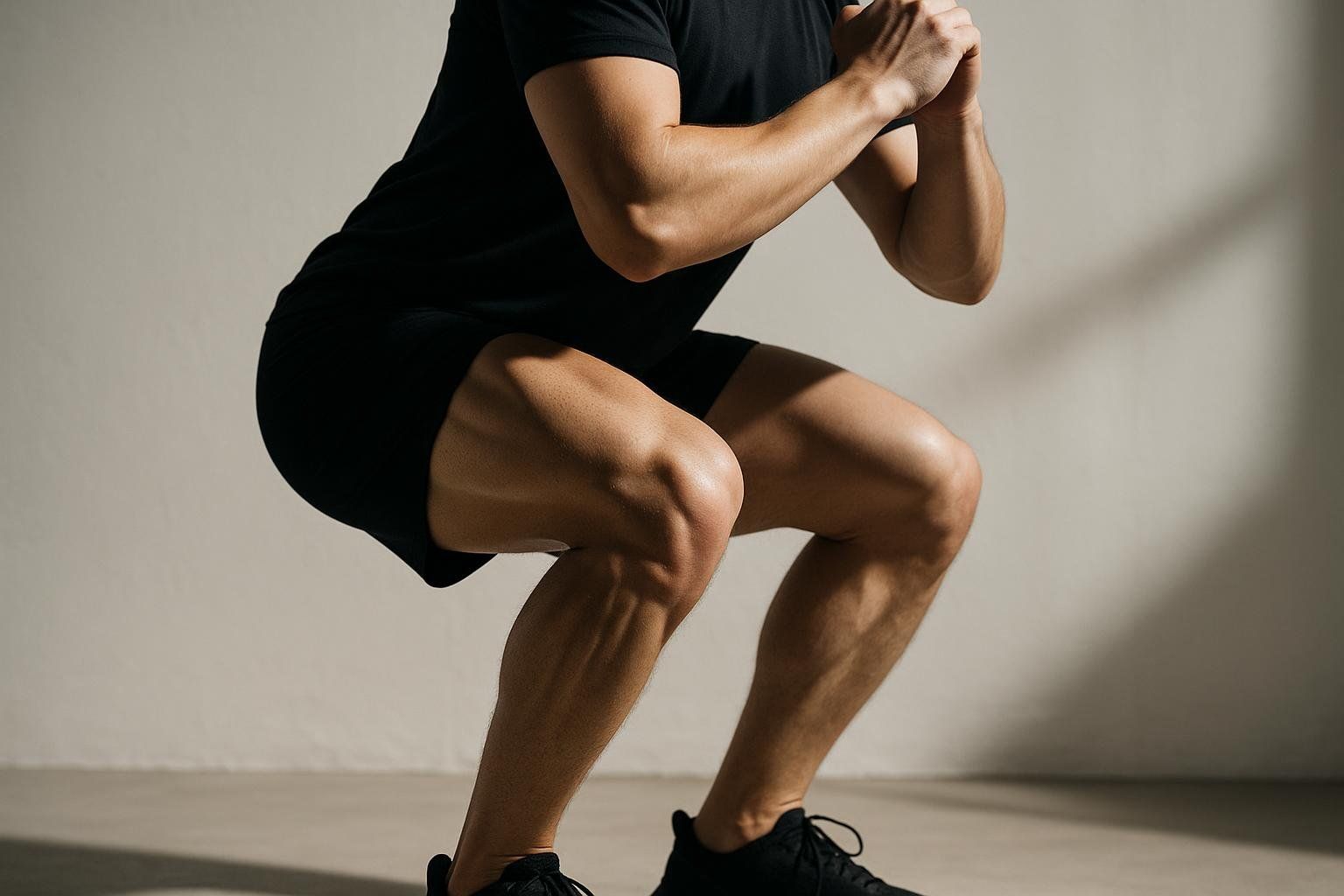
But here’s the kicker: DOMS isn’t required for strength or hypertrophy. Multiple studies show muscle size and power improve even when athletes report little to no soreness.
Think of DOMS like learning a new language: the first few lessons melt your brain, but soon your neurons wire together and the process hurts less—even though you’re speaking better every day.
For a detailed physiological breakdown, see our explainer on Delayed Onset Muscle Soreness.
5 Reasons You Don’t Feel Sore Anymore
- Neural Adaptation Kicked In
Early strength gains come largely from your nervous system learning to recruit muscle fibers more efficiently (PubMed). Once your brain–muscle connection levels up, you produce force with less collateral damage. - Better Movement Mechanics
Practice refines technique, reducing stray shearing forces that cause micro-damage to muscle tissue in beginners. - Progressive Overload—But Not Shock-and-Awe
Strategic, gradual increases in weight, reps, or overall training volume over time give muscles a growth stimulus without the dramatic damage spikes that spark DOMS. - Recovery Is On Point
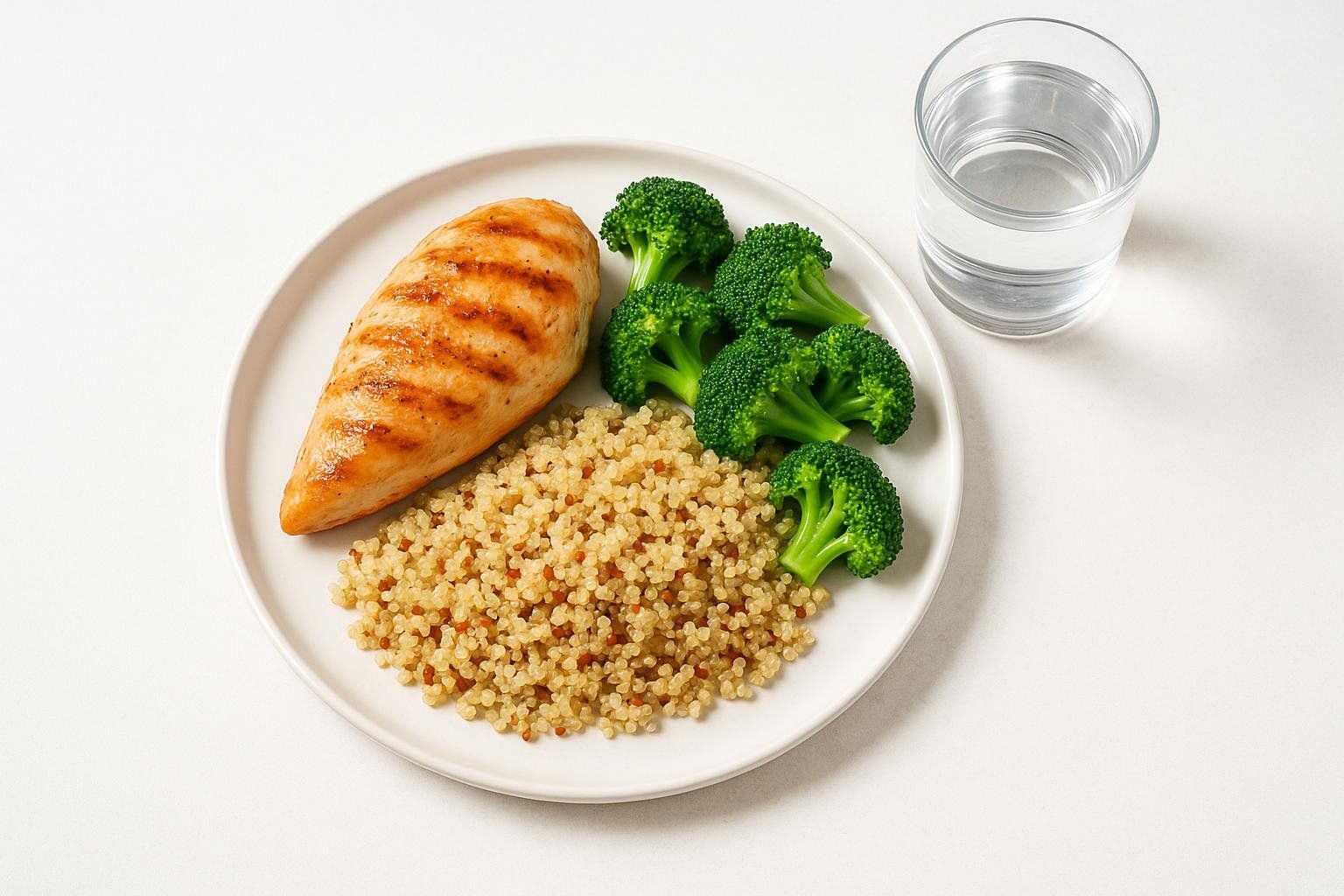
Quality sleep and adequate protein—roughly 1.6–2.0 grams per kilogram of body weight—are key. A 2018 meta-analysis in British Journal of Sports Medicine found that gains in lean mass plateau around 1.6 g/kg/day during resistance training, making this a practical minimum target. Proper hydration further blunts inflammation and speeds repair, leaving you fresher the next day.
5. Exercise Selection Matters
Workouts emphasizing concentric or isometric moves (think sled pushes or planks) cause less muscle fiber disruption than high-eccentric plyometrics.
Bottom line: Less soreness often means you’re better conditioned, not that you’re slacking.
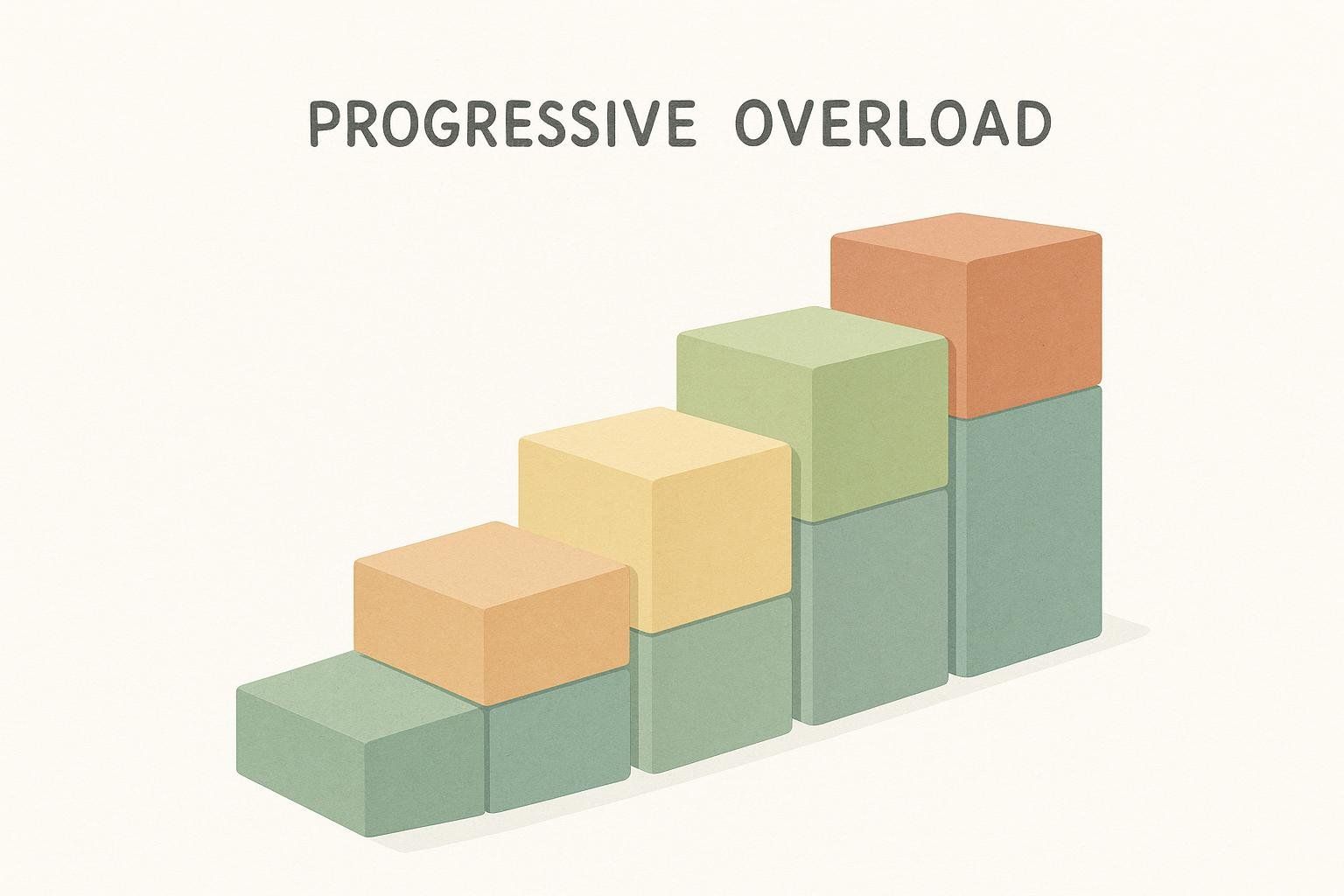
Does Lack of Soreness Mean Your Workout Failed?
Absolutely not. Participants in a 2022 peer-reviewed study added muscle and strength over eight weeks of progressive overload training regardless of how sore they felt. What matters is that each session keeps nudging performance upward.
Ask yourself:
- Am I lifting heavier loads or performing more reps with the same weight?
- Can I run farther or faster at the same heart rate?
- Does my form feel smoother and more controlled?
If the answer is “yes” to any of the above, your program is working—even if your quads aren’t screaming about it.
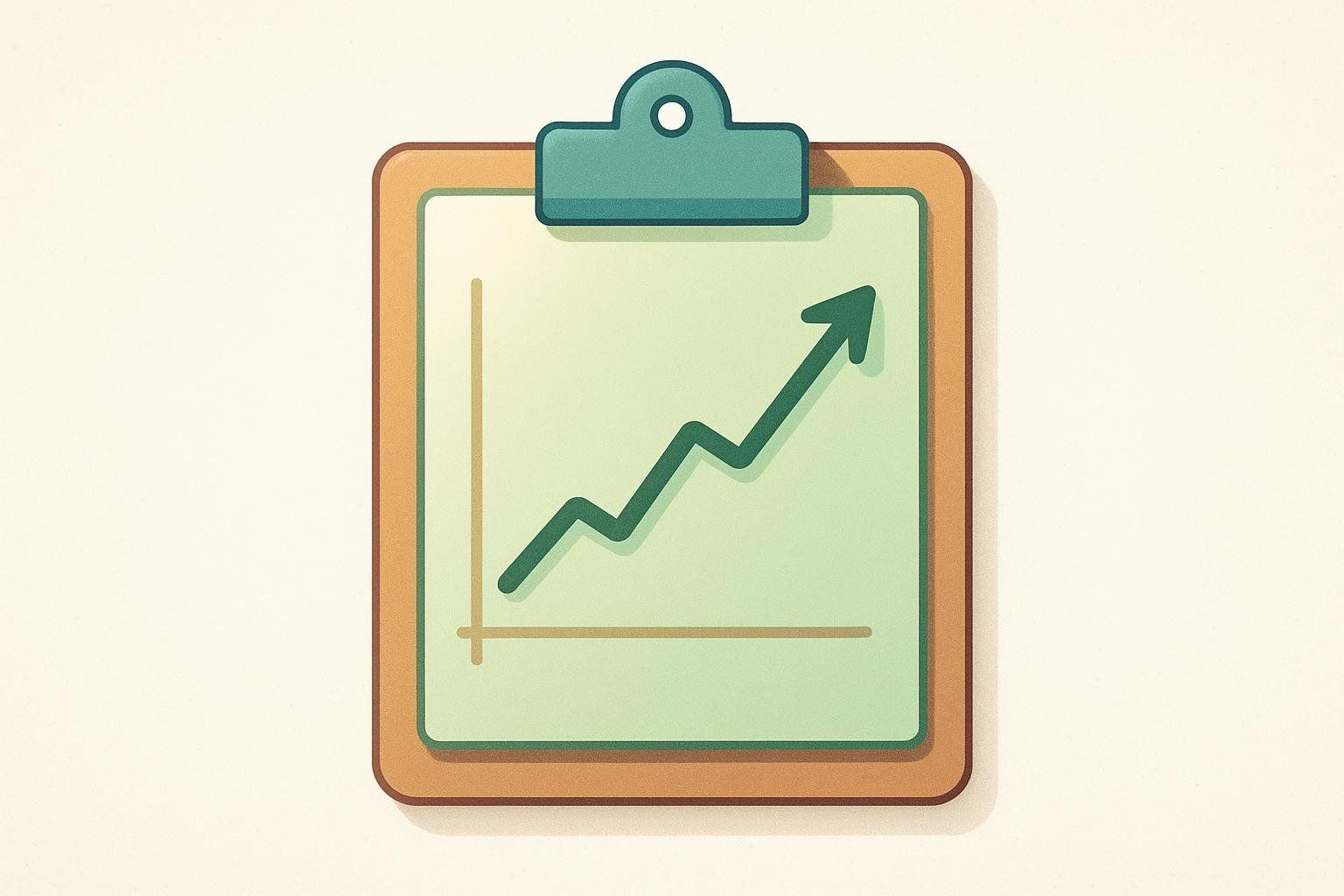
5 Objective Ways to Track Progress Beyond Pain
| Metric | How to Measure It | Why It Matters |
|---|---|---|
| Strength Log | Record weight, sets, and reps for compound lifts. | Shows your muscles and nervous system are getting stronger. |
| Volume Load | Sets × Reps × Weight per session. Many apps calculate this automatically. | Captures total work done—strong link to muscle growth. |
| Performance Benchmarks | Timed mile, max-rep push-ups, or VO₂ max test. | Demonstrates improvements in endurance and power. |
| Mobility Screens | Overhead squat, sit-and-reach, ankle dorsiflexion test. | Better range of motion equals healthier joints and more efficient movement. |
| Body Composition Scans | A DEXA scan at BodySpec reveals changes in lean mass, fat mass, and even visceral fat. | Quantifies results you can’t see in the mirror—no soreness required. |
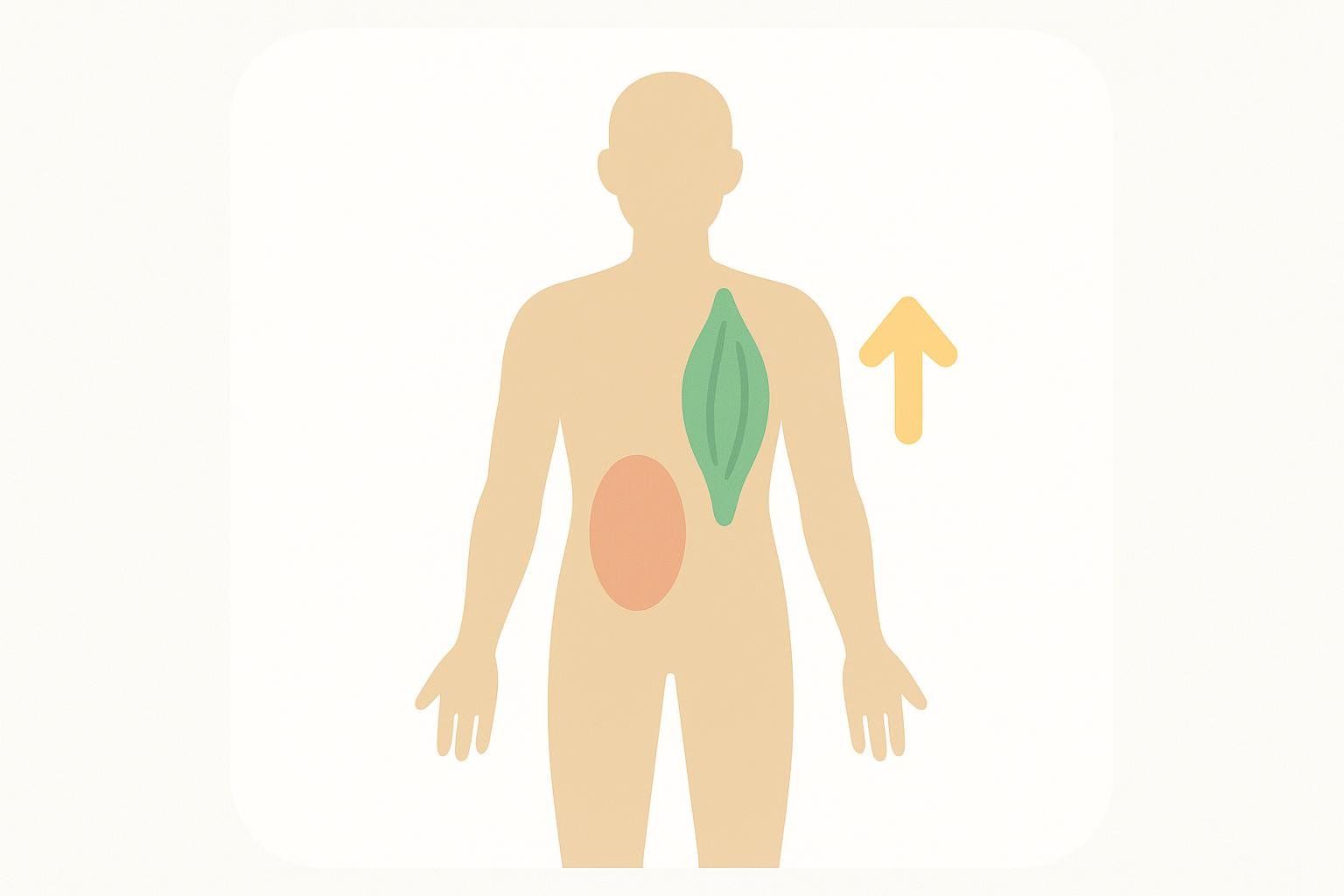
Pro Tip: Pair your next strength cycle with a BodySpec DEXA scan to confirm muscle gain even when DOMS is MIA.
Quick DOMS Self-Check
Wondering whether your next session will leave you stiff? Run through these questions:
- Have I recently added new exercises or significantly increased weight or volume?
- Does my program include many eccentric-heavy moves (like downhill running or lowering-phase pull-ups)?
- Am I getting 7–9 hours of quality sleep most nights?
- Did I consume enough protein and carbohydrates in the last 24 hours to support recovery?
- Have I been consistent with hydration (aiming for light-yellow urine) today?
- Do I regularly incorporate active recovery—mobility drills, light cardio—between hard sessions?
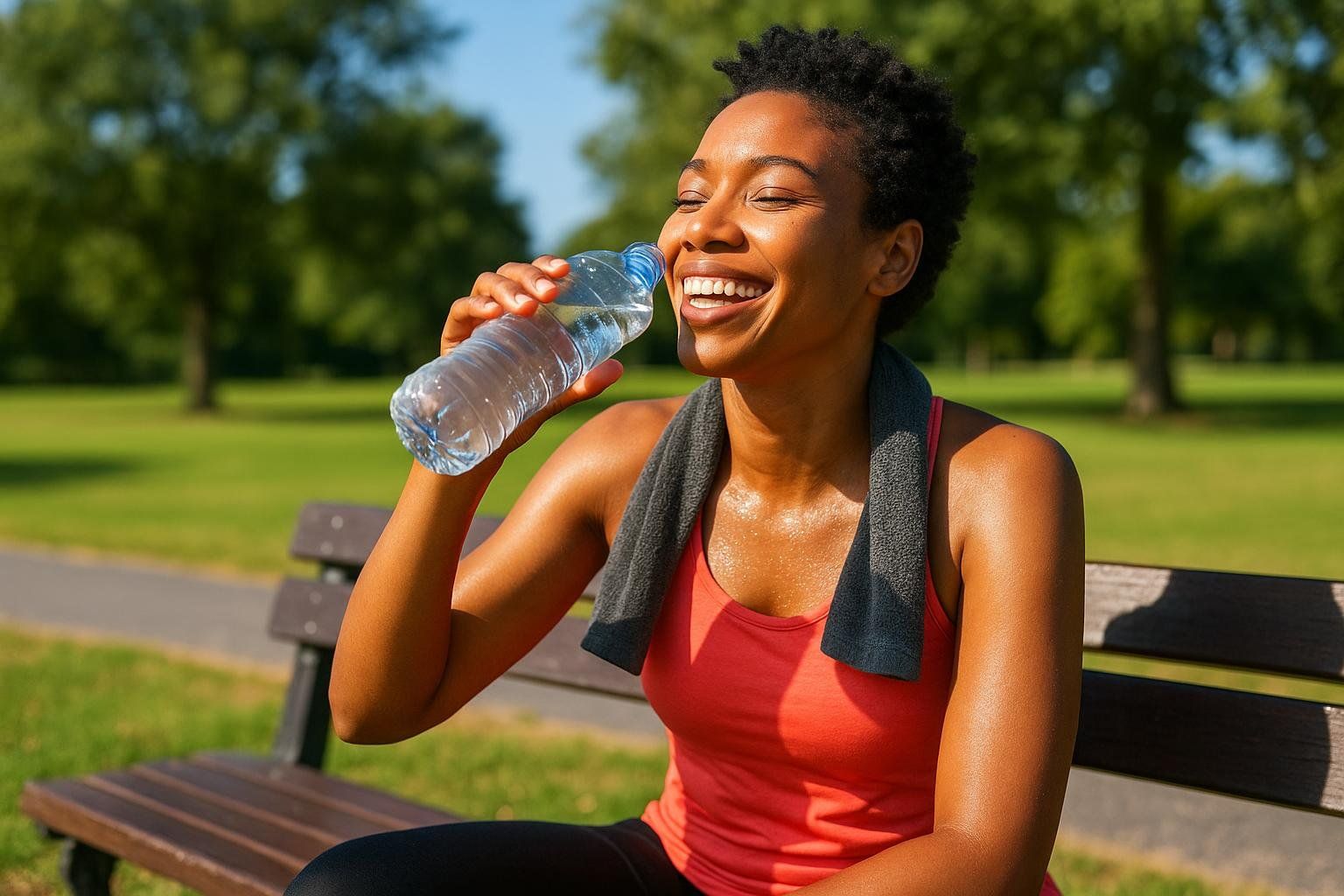
“Yes” answers to the first two raise your soreness odds; “yes” answers to the last four lower them. Adjust accordingly to hit that sweet spot of challenge and recovery.
Programming for Progress—Not Pain
- Apply Gradual Progressive Overload
Add weight, reps, or sets little by little; resist the urge to double everything overnight. - Vary but Don’t Randomize
Rotate exercise variations every 4–6 weeks to introduce new eccentrics without starting from zero. - Periodize Your Training
Build-up, peak, and deload phases keep stimulus high yet sustainable. - Mind the Recovery Trifecta
Aim for 7–9 hours of sleep, 25–35 g high-quality protein at each meal, and fluids until urine is light yellow. - Schedule Active Recovery Days
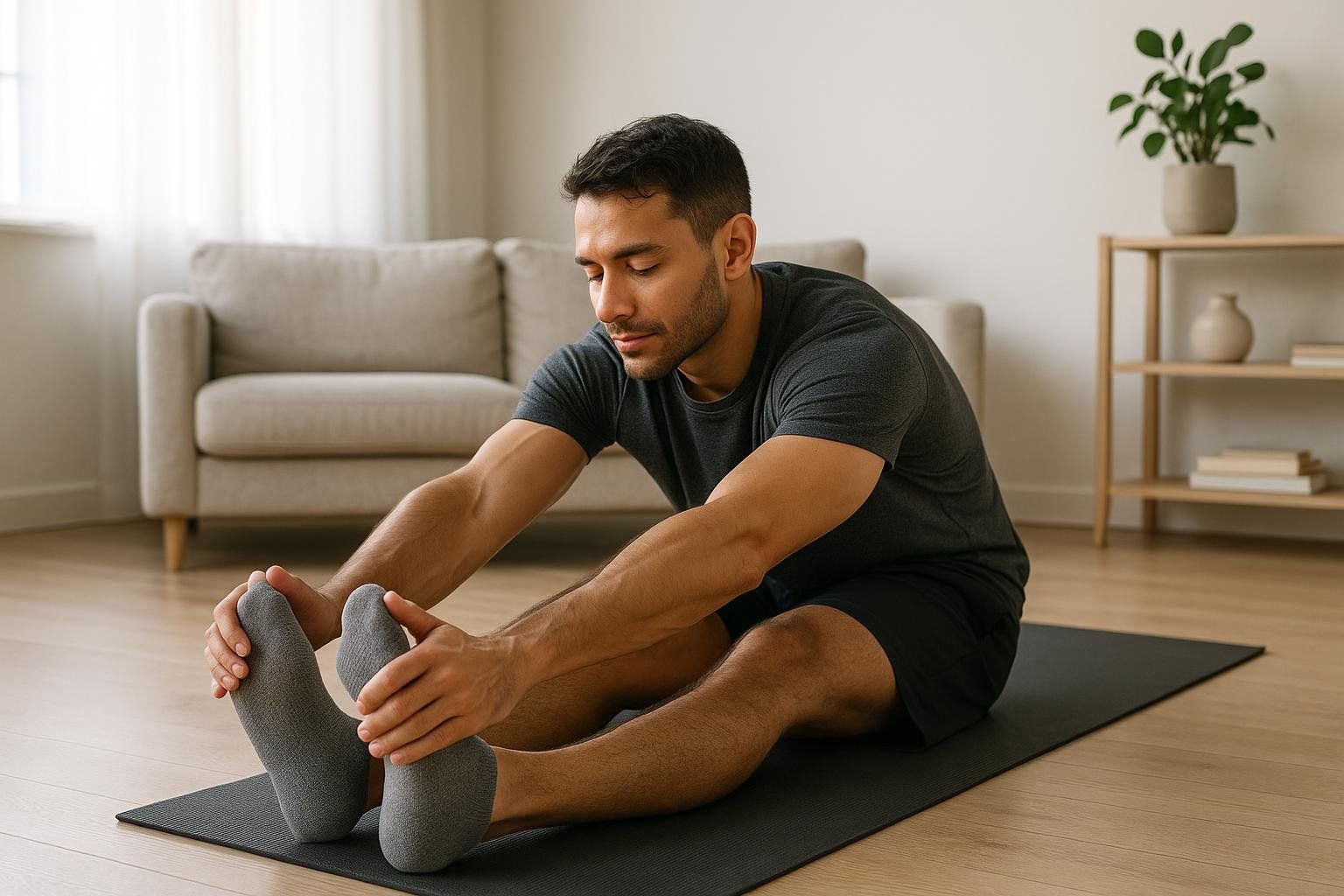
Low-intensity cycling, mobility work, or a brisk walk boosts circulation and primes muscles for the next hard session.
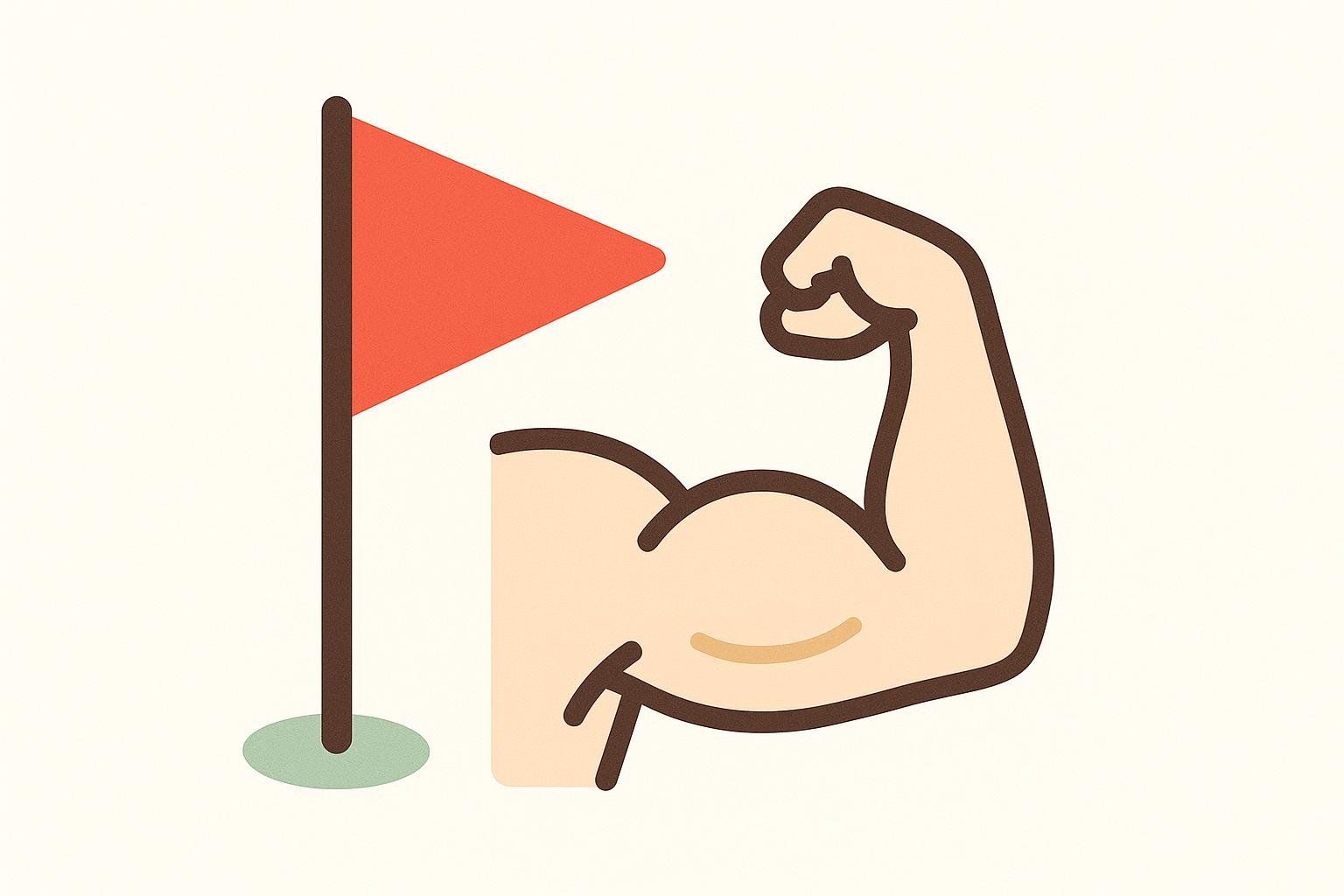
When Soreness Is a Red Flag
- Sharp, Localized Pain that worsens over time may signal injury—consult a clinician.
- Soreness > 72 Hours on the regular? You could be flirting with overtraining.
- Systemic Symptoms such as dark urine or severe swelling warrant immediate medical attention (rhabdomyolysis risk).
Listen to your body: discomfort is normal; debilitating pain isn’t.
Key Takeaways
- No soreness ≠ no progress. It often means your body has adapted—and that’s good.
- Chase performance, not pain. Track objective metrics like strength PRs, volume load, and body composition instead.
- Smart programming + solid recovery = consistent gains you can see on the bar and in a DEXA scan.
So the next time you spring out of bed after leg day, pat yourself on the back. Your muscles are getting smarter—and that’s the real flex.
Book your next BodySpec DEXA scan to see exactly how your lean mass is stacking up—no soreness required.
